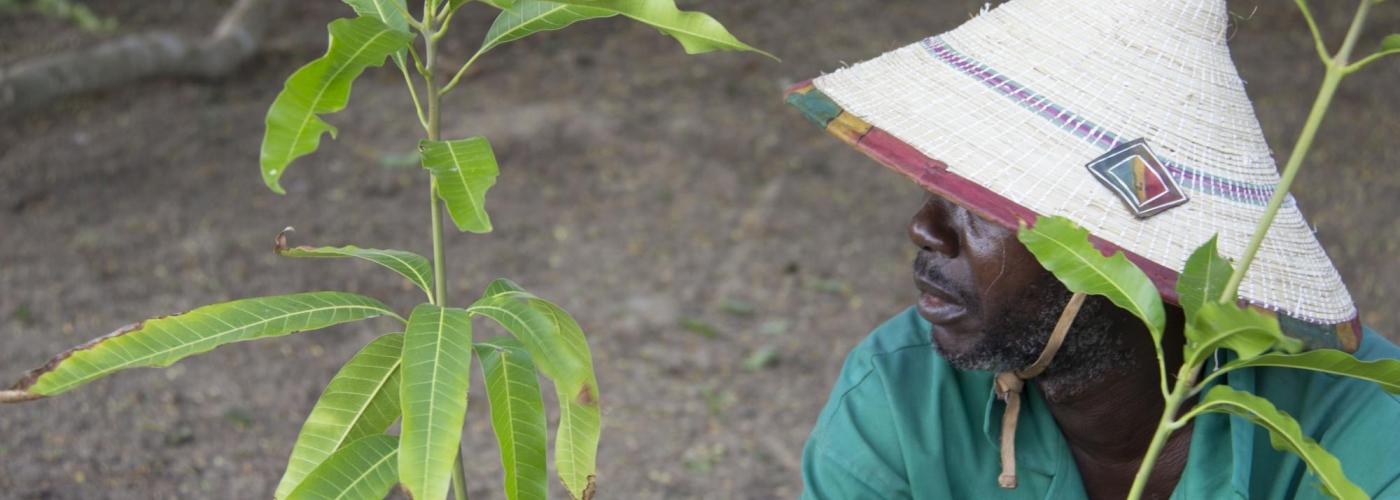Resilience Measurement Practical Guidance Note Series 6: Recurrent Monitoring Surveys
Image

This post was originally published on the FSN Network and was authored by Jill Scantlan and Brad Sagara from Mercy Corps.
Measuring resilience requires tools that can capture how individuals, households, and communities draw on resources and employ strategies to respond to shocks and stresses and how this affects their wellbeing trajectories in the short and long-term. A key resilience measurement tool for capturing these dynamics is the recurrent monitoring survey (RMS). Mercy Corps’ Pastoralist Areas Resilience Improvement and Market Expansion (PRIME) project was one of, if not the first, USAID project to test out measuring resilience through real-time monitoring of capacities, responses, wellbeing outcomes, and shocks and stresses.
The findings from this RMS designed and implemented by TANGO International made a large impact on the international development community’s understanding of resilience dynamics and how USAID’s programming contributes to building resilience, sparking increased interest in implementing RMSs. In this context, this guidance note was developed to introduce development practitioners to many of the key considerations for setting up and deploying an RMS and provides practical guidance on:
- Determining whether to deploy an RMS
- Methodological considerations for designing an RMS
- Planning and budgeting for an RMS
The guidance note draws on examples from multiple country and project contexts of what worked well, what challenges emerged and what solutions were developed while implementing an RMS. As such, this guidance note primarily focuses on measuring resilience at the individual, household and community level where much of this work has been done to date.
Learn more and access the rest of the series on the FSN Network website.

